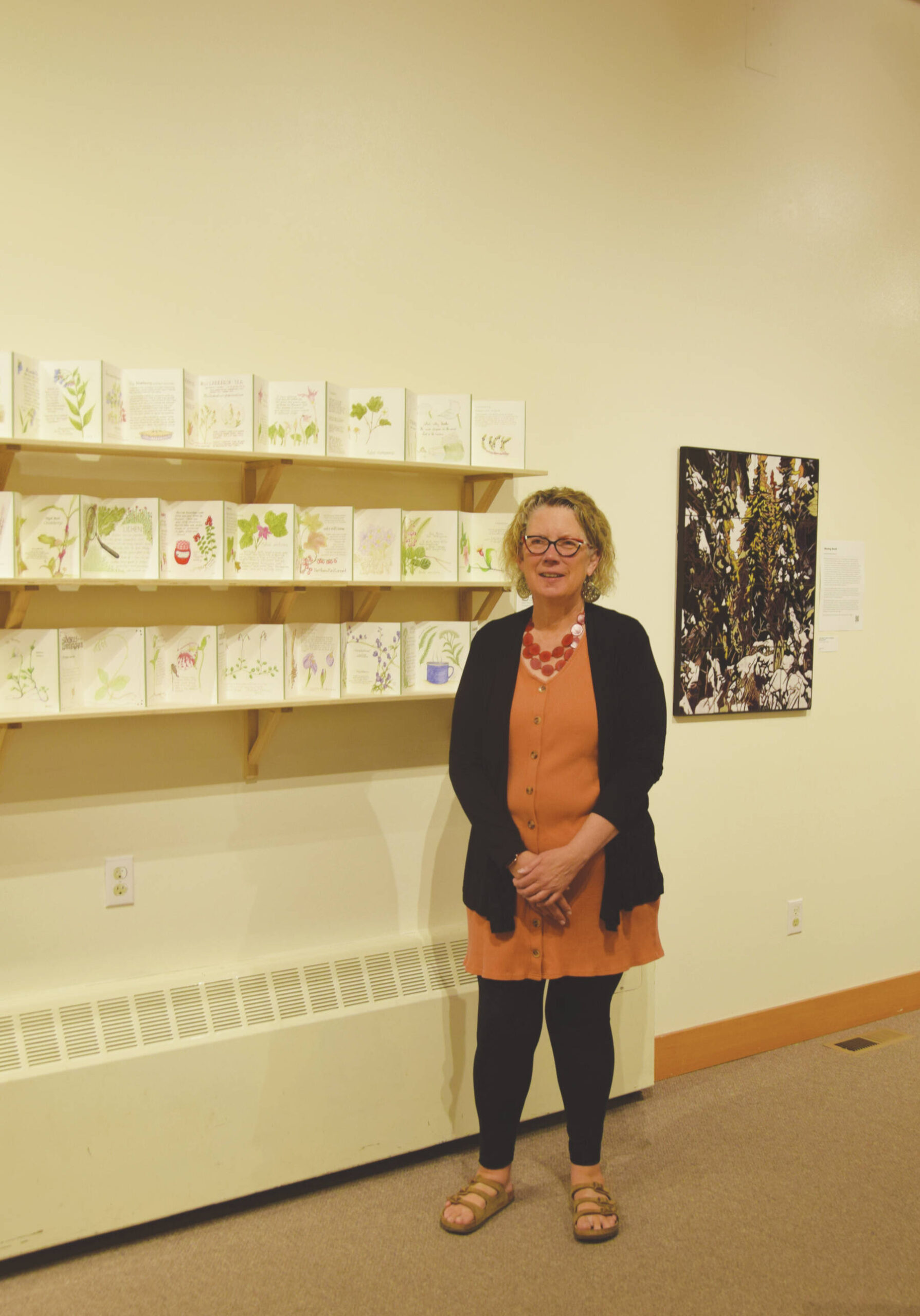For new Pratt director Patty Relay, a museum is a local space that brings a community together.
“A museum is an identity. The community is part of that identity, and I have a lot I can bring to it from my own experiences, too,” Relay said.
Relay, who started at the Pratt on July 3, has spent decades contributing to museums in Alaska and Washington state.
Originally from Washington , Relay received art and an art history degree in the early 1980s from Western Washington University in Bellingham, where she lived for several decades. She also has a master’s degree in arts administration.
In Bellingham, Relay owned a bar but she also worked for the Washington Art Consortium, a collective group of seven museums and galleries in Washington state that included the Seattle Art Museum, the Tacoma Art Museum, the Henry Art Gallery at the University of Washington, the Northwest Museum of Arts and Culture, the Western Gallery at Western Washington University, the Whatcom Museum and the Museum of Art at Washington State University. That group disbanded when founder, Virginia Wright, passed away, Relay said.
“I actually came to Alaska to be a museum professional. Some women come up when their spouses go to work in the oil or fishing industry, but my family followed me up the Alcan for the museum field. I’ve always had a passion for museum and the arts,” Relay said.
She comes to Homer from the Valdez Museum and Historical Archive where she served as the executive director since 2010. Relay also currently serves as the treasurer for Museums Alaska board of directors and she works for the museum advocacy chair for that organization.
“I believe museums are a critical cultural component and somewhat of a persona of all communities. They serve as an interpretative feature for community identity.”
Relay said it can be difficult to define what a museum is in Alaska — the range of displays varies tremendously. In cases or communities, it may be as small as a display case, such as in Tatitlek, on the outside of Valdez Arm. There, the community holds a cabinet of curiosities that they consider a “museum,” she said. Or, Aunt Claudia’s Dolls, a museum in Juneau, is located above an office building, “with displays for every kind of doll you can imagine,” she said.
“We have everything from display cases, nooks and crannies in smaller villages to the big facilities in the state: the Anchorage Museum, Museum of the North at the University of Alaska Fairbanks, the Sealaska Heritage Institute” she said. “The big ones are fabulous but some of the small displays show a lot of passion also.”
The Pratt Museum has its own specialities, such as the articulated Beluga Whale, Relay said. Because the museum operates under Homer Society of Natural History, it allows us a space to interconnect the science, the arts, the history of the place we live, she said.
“It provides an integrated method of storytelling. Museums are all about community identity for me; it’s place to understand where a community has grown from, goals for the future and how that integrates into the reality of today,” she said.


